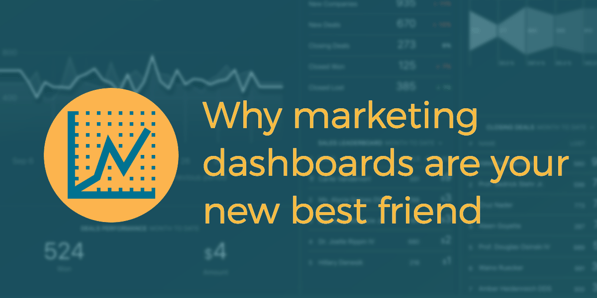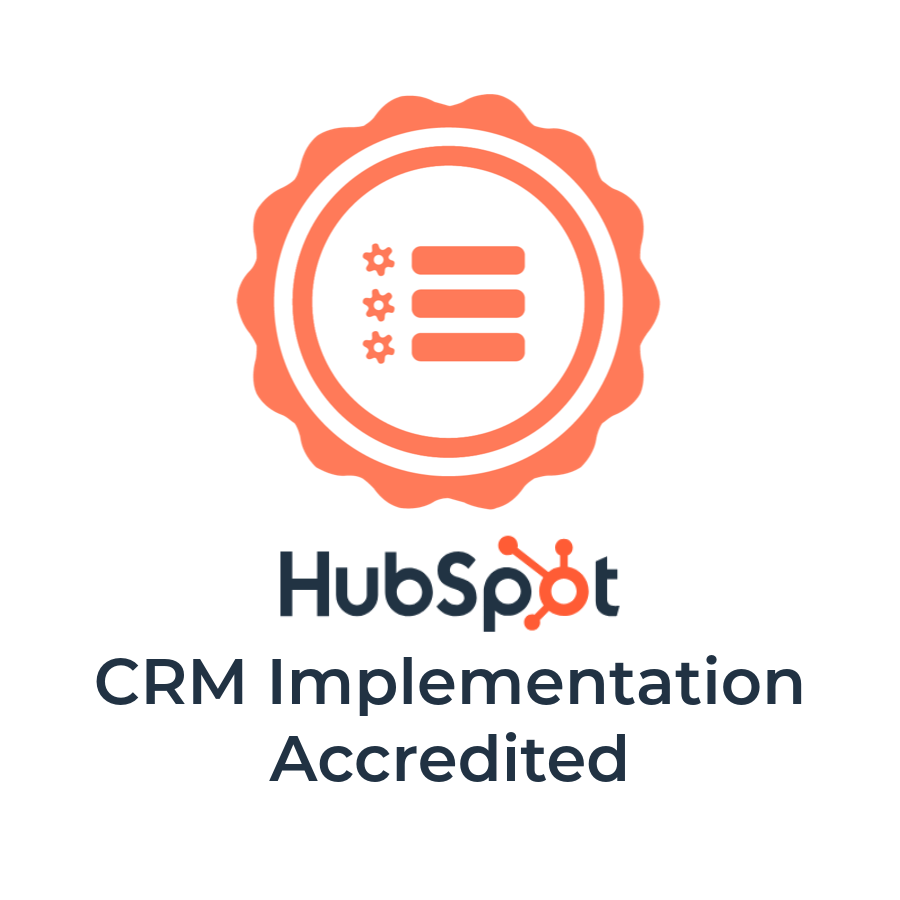Why marketing dashboards are your new best friend


Dashboards are everywhere. Once relegated to cars just showing speed and revolutions, now the rise of data has made dashboards a standard feature throughout our life. From online banking to paying bills to fitness apps, you have no shortage of data and dashboards to show you cool charts and graphs.
Marketing software is no different. The average marketer has to pull data from multiple different sources to see how their overall marketing performs. If you’re focused on online marketing, you could quite easily need to compare numbers across 10+ applications to see all of the metrics you’re tracking on a regular basis.
We’ve never had access to this much data before, and dashboards represent a natural outcome from all of this information. As a company, we’re going all-in on dashboards, and we’re now providing all of our standard reporting through dashboards to our clients. We have a few reasons for doing this:
- We’re proud to announce we’re Databox partners. Their software enables this as something we can readily roll out to all of our clients.
- We’re also a platinum HubSpot partner. HubSpot’s tools provide our clients access to significant amounts of data, but unless they know what they’re looking at, it can be overwhelming. Dashboards help put these figures into a larger context and a more manageable view.
- It saves time and leads to better outcomes. Copying and pasting screenshots is not an important skill for a marketer, and doesn’t lead to better outcomes for our clients either. With the time we used to spend pulling and collating various screen-grabbed reports, we can now review, analyze, and make decisions based on the data.
- Transparency. Our work produces results, and we think that real-time dashboards are the best way to communicate those results with our clients.
(I could go on).
So while we’re all-in on moving our clients to a dashboard-based world, we’ve picked up on a few important attributes of successful dashboards that are worth sharing.
First, remember that a dashboard should be driven by a purpose, not by capabilities. Even a great reporting solution can err on the side of giving you more options rather than fewer (as they should). But if you create a dashboard first based on what is available instead of what matters, you can easily end up with way too much reporting without a clear idea of what it represents.
Instead, focus first on what numbers you like to review when assessing different components of your marketing and walk through the questions that can arise. See if you can answer the high-level questions with just the dashboard and feel free to tweak it as necessary.
Also, don’t expect dashboards to provide better data than the original application. That’s not their purpose. Dashboards are there to provide context (by showing more data, or showing it differently) and convenience (by pulling many metrics into one central location, saving you the time you would spend switching between pages).
Finally, it’s critical that everyone who’s responsible for analyzing data has a crystal clear idea of what the numbers they’re looking at actually mean. Here’s a classic pitfall: You’re in charge of email performance on your team. You’re used to seeing how specific emails perform and assessing what performs well. The transition to a dashboard might save you a lot of time; you could pull together your monthly email stats and see how your opens and clicks vary per month. However, you’ll also want to keep track of how many email sends there were, and to how many people, or else you’ll lose the big picture. If email opens go down by 50% but you aren’t tracking how many emails were sent, it’s a report without enough context.
Sidenote: it can get even worse with percentages. Percentages, as we all remember from math class, show the relationship between two numbers. If you aren’t looking at the underlying numbers, you’re looking at an abstraction instead of just the actual data. If you compare email open rates monthly without the emails sent and absolute number of opens, you’re liable to lose track of what you’re actually trying to improve. Rates are easily gamed on their own (an email sent to one person has a 100% open rate), so make sure that you’re assessing that in the context of the related metrics.
Dashboards are a breakthrough for marketing teams who are accustomed to taking hours each month to compile their results. Instead of spending everyone’s time pulling together reports, you can instead use that time assessing trends, reviewing results and making game plans for improving results in the next month.
Interested in having your marketing team’s reporting automated, but need help getting there? Get in touch so we can talk. We work with marketing departments of all sizes to automate their marketing reporting, assess their reporting usage, and provide additional strategic guidance through their marketing initiatives and data analysis.




